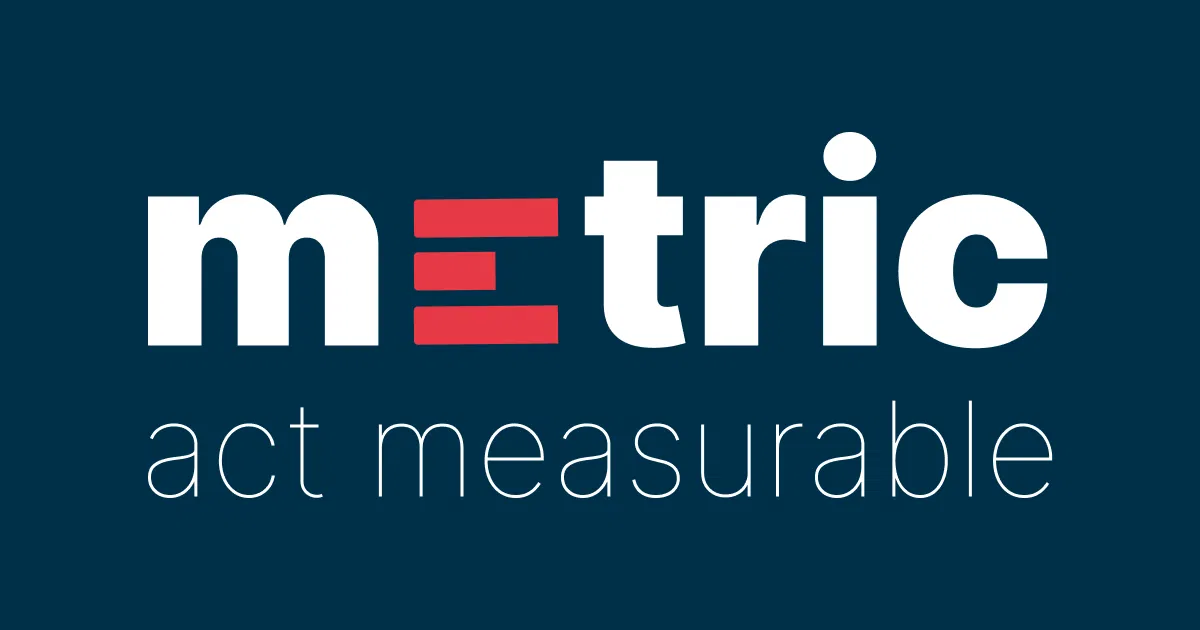02 Linear Algebra - Matrices
 Հանրապետության Հրապարակ, լուսանկարի հղումը, Նկարը facebook-ում հրապարակող՝ Marine Tovmasyan
Հանրապետության Հրապարակ, լուսանկարի հղումը, Նկարը facebook-ում հրապարակող՝ Marine Tovmasyan
📚 Նյութը
- 📚 Ամբողջական նյութը
- 📺 Մատրիցի երկրաչափական իմաստը, գծային ձևափոխություններ, 🎞️ Սլայդեր
- 📺 Lecture 2, ToDo, 🎞️ Սլայդեր
- 🛠️📺 Գործնականի տեսագրությունը ToDo
- 🛠️🗂️ Գործնականի PDF-ը ToDo
📚 Տանը կարդում ենք՝ Մատրիցի երկրաչափական իմաստը, գծային ձևափոխություններ
- Johnston, 20-25 (մատրիցներ), 35-38 (գծային ձևափոխություն) էջերը
- Poole, 219-221 էջերը (մատրիցների արտադրյալ/համադրույթ)
և դիտում 3b1b-ի 3-րդ տեսադասը գծային հանրահաշվից՝ https://youtu.be/kYB8IZa5AuE
🧮 Հարմար գործիքներ
մատրիցները վիզուալ պատկերացնելու համար օգտակար գործիքներ՝
- 2x2 չափանի եռանկյունովը
- 2x2 չափանի դեղին սլաքովը
- 2x2 չափանի ձեռքով կարգավորվող
- 3x3 չափանի երեքաչափ
🏡 Տնային
- ❗❗❗ DON’T CHECK THE SOLUTIONS BEFORE TRYING TO DO THE HOMEWORK BY YOURSELF❗❗❗
- Please don’t hesitate to ask questions, never forget about the 🍊karalyok🍊 principle!
- The harder the problem is, the more 🧀cheeses🧀 it has.
- Problems with 🎁 are just extra bonuses. It would be good to try to solve them, but also it’s not the highest priority task.
- If the problem involve many boring calculations, feel free to skip them - important part is understanding the concepts.
- Submit your solutions here (even if it’s unfinished)
01: Matrix transformations
What vectors do you get by applying the matrix \(A = \begin{pmatrix} 3 & -3 \\ 3 & 3 \end{pmatrix}\) on the vectors:
- \(\vec{a} = \begin{pmatrix} 1 \\ 0 \end{pmatrix}\)
- \(\vec{b} = \begin{pmatrix} 0 \\ 1 \end{pmatrix}\)
- \(\vec{c} = \begin{pmatrix} 1 \\ 1 \end{pmatrix}\)
- Draw the vectors before and after multiplying with \(A\). What can you say visually about the matrix? Can you guess how it will act on the vector \(\begin{pmatrix} 2 \\ -2 \end{pmatrix}\)?
02: Matrix products
Compute the following products:
- \((A - B)(A + B)\), where \(A = \begin{pmatrix} 2 & 3 \\ -1 & 2 \end{pmatrix}\), \(B = \begin{pmatrix} 1 & 2 \\ 2 & -1 \end{pmatrix}\)
- \(A^2 - B^2\), with the same \(A\) and \(B\) as in part (b).
- Any comments on the results?
03: Shear matrix transformations
Consider the following matrix (it is called the shear matrix): \(S = \begin{pmatrix} 1 & 1 \\ 0 & 1 \end{pmatrix}\)
- What would you get if you apply \(S\) on the vector \(\begin{pmatrix} 0 \\ 1 \end{pmatrix}\)?
- What would you get if you apply \(S\) again on the result of the previous point?
- What if you apply \(S\) one more time?
- What do you think happens when we apply \(S\) 100 times on that vector?
- Can you compute \(S^{100}\)?
04: Diagonal matrix powers
Consider the diagonal matrix \(A = \begin{pmatrix} 2 & 0 \\ 0 & -1 \end{pmatrix}\).
- Compute \(A^2\), \(A^3\), and \(A^4\).
- Find a general formula for \(A^n\) where \(n\) is any positive integer.
- What does this transformation represent geometrically? How does it affect the unit circle when applied repeatedly?
- What happens when you apply this transformation to the vector \(\begin{pmatrix} 1 \\ 1 \end{pmatrix}\) multiple times?
05: Determinant properties
Prove that \(\det(B^{-1}AB) = \det(A)\) if \(B\) is invertible.
Suppose \(Q\) is a \(3 \times 3\) real matrix such that \(Q^T Q = I\). What values can \(\det(Q)\) take?
06: Normal equation for linear regression
Consider a simple linear regression problem where you want to fit a line \(y = \theta_0 + \theta_1 x\) to the following data points:
| \(x\) | \(y\) |
|---|---|
| 1 | 2 |
| 2 | 4 |
Set up the design matrix \(X\) (including the intercept column) and the target vector \(\vec{y}\).
Use the normal equation \(\vec{\theta} = (X^T X)^{-1} X^T \vec{y}\) to find the optimal parameters \(\theta_0\) and \(\theta_1\).
What line equation did you get? Does it make sense given the data?
Verify your result by checking that this line passes through the given data points.
